A single Black Widow Anemone can become larger than 12 inches across. This size is similar to a dinner plate. It features bright pink and red tentacles against a blue and black central part. This look is not just beautiful but also rare, making it sought after for saltwater aquariums. Yet, it’s important to know they are venomous and use their tentacles to catch prey. Learning about the Black Widow Anemone is key for those interested in keeping one in their tank.
Table of Contents
Key Takeaways
- The Black Widow Anemone is a rare and visually striking Bubble Tip Anemone color morph with vibrant pink and red tentacles and a blue and black oral disk.
- These sea anemones are known for their venomous tentacles and predatory tactics, making them both captivating and potentially dangerous for aquarium hobbyists.
- Proper understanding of the Black Widow Anemone’s biology, behavior, and care requirements is essential for successful long-term keeping in a home saltwater aquarium.
- Black Widow Anemones can grow to impressive sizes, with well-cared-for specimens reaching over 12 inches in diameter.
- The striking appearance and rarity of the Black Widow Anemone make it a highly sought-after invertebrate in the aquarium trade.
Introduction to the Black Widow Anemone
The Black Widow Anemone is a special part of the Bubble Tip Anemone family, standing out for its look and how rare it is in aquariums. It comes from the Indo-Pacific region. People who love saltwater aquarium pets really want this marine invertebrate. That’s because of its amazing colors and how it moves.
If you’re thinking about getting one, knowing how to take care of a Black Widow Anemone is important. These tropical reef dwellers make a great addition to any saltwater tank. They add a lot of beauty and interest to a aquarium specimen collection. Learning about them is a fun part of the journey.
Species Overview
The Black Widow Anemone is a stunning sea creature that captivates those who see it. It is in the Actiniidae family in the Cnidaria phylum. This group is popular among people who keep marine aquariums because of their beauty and fascinating traits.
Scientific Classification
This anemone is part of the Entacmaea genus – known for its chameleon-like behavior due to its changing colors and moving tentacles. Like corals and jellyfish, it is a cnidarian. It’s placed in the same group as marine creatures without a backbone.
Geographic Distribution
The Black Widow Anemone is mainly found in the Indo-Pacific area, from the Red Sea to the Pacific. It likes warm, shallow waters found in tropical reef systems. There, it attaches itself to various surfaces like rocks and corals.
Habitat and Ecosystem
This anemone is vital for its underwater home. It both captures small prey and acts as food for other marine life. By being part of the food chain, it helps maintain the balance and health of its ecosystem.
Black Widow Anemone
The Black Widow Anemone is a truly unique part of the Bubble Tip Anemone family. It stands out for its eye-catching looks and is rare in the aquarium trade. It’s loved for its mix of pink and red tentacles and a blue and black oral disk. But, it’s important to note that its tentacles are venomous, and it’s a hunter. So, while it’s interesting, adding one to your saltwater aquarium needs careful thought. You must know how to care for this special invertebrate in your reef tank.
Physical Characteristics
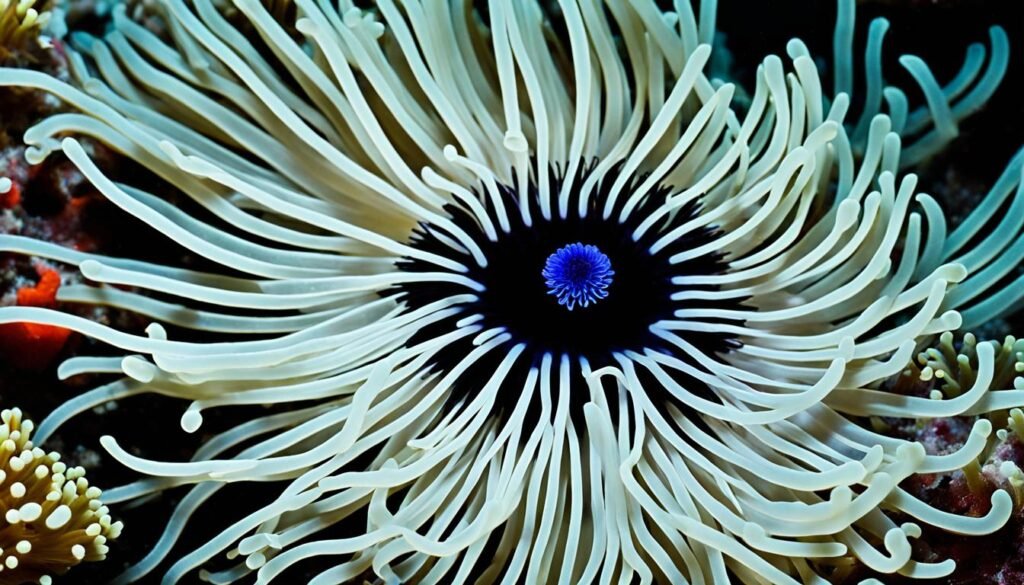
The Black Widow Anemone is truly captivating. It stands out among sea anemones with its grand size, often growing over 12 inches wide. Imagine vibrant pink and red tentacles set against a deep blue and black central disk.
Size and Growth
These anemones can get quite large, sometimes over 12 inches across. This rapid growth means they need a lot of room, even if they are beautiful to look at.
Appearance and Coloration
What makes the Black Widow Anemone special is its colors. Its tentacles show a mix of bright pink and red. At the center, a deep blue and black disk adds to its stunning look.
Tentacles and Stinging Mechanisms
Black Widow Anemones have special stingers for catching food and protecting themselves. They have a unique bubble-like appearance at the end of their tentacles. Their venom varies in strength, so handling them safely is important.
Behavior and Life Cycle
The Black Widow Anemone is a fascinating sea creature. It has unique behaviors and life cycle changes. It lives mostly by the sun, using special tiny algae in its cells to make food. Yet, it also catches small animals with its venomous tentacles. This includes fish and other tiny creatures.
Feeding Habits
Black Widow Anemones catch their food with their tentacles. This includes anything from the sea that’s small enough. They not only eat sunlight but also actively hunt. This mix of eating methods helps them do well in different places where there’s either lots of food or not much.
Reproduction and Regeneration
These sea anemones can have babies in two ways, sexually or without a mate. When mating, they release sperm and eggs into the water. Then, these join to make planulae, or baby anemones. But they can also simply split in half to create exact copies of themselves. This skill lets them grow in numbers quickly and cope with changes in their environment.
Motility and Movement
Black Widow Anemones don’t move much. They usually stick to the same spot on the ocean floor. Yet, they can adjust their place slightly with the help of water movement. Their tentacles are very sensitive. They move, stretch, and change based on the surroundings. This shows how they’re connected to where they live.
Keeping the Black Widow Anemone in a Home Aquarium
Keeping a black widow anemone requires paying close attention to several factors. You need to watch the tank size, water quality, light, and food. The sea anemone species can grow big and has special needs. Knowing how to care for this marine invertebrate is crucial.
Tank Requirements
A black widow anemone needs a large, mature tank, preferably 100 gallons or more. They grow fast and big, up to 12 inches across. So, enough space is vital for their well-being.
Water Parameters
Steady water conditions are key for a black widow anemone‘s health. You must control the temperature, pH, and hardness. These cnidarians react badly to water changes. Keep the water just right to keep these ocean floor dwellers and reef residents happy.
Lighting and Flow Conditions
The right amount of light and flow is essential for the black widow anemone. They need high light and gentle water movement. Setting up the tank’s lighting and flow correctly is crucial. It mimics their natural environment and keeps them well.
Feeding and Care
Feeding small marine foods to a black widow anemone is important. Even though they mostly live from sunlight, adding this food helps their health in a tank. Regular care and the right environment are key to their thriving life.
Anemone-Fish Symbiosis
Black Widow Anemones form special bonds with some clownfish. This helps both creatures out. The anemone offers a home to the clownfish. In return, the clownfish protects the anemone. It may even bring food to the anemone. Yet, not all anemones and clownfish will team up. It often depends on their personal liking for each other.
Clownfish Hosting
Clownfish can live where other fish might get hurt. They often choose to live within the tentacles of sea anemones. They are immune to the anemone’s sting. This makes them safe from dangers. Plus, they get to feed on what the anemone catches.
Mutualistic Relationships
The case with the Black Widow Anemone and the clownfish is an excellent example of teamwork in the sea. The anemone enjoys having the clownfish around. The clownfish keeps the anemone safe and brings it food. In turn, the clownfish finds a good home and food in the anemone’s tentacles.
It’s important for those who keep marine life in tanks to know about this friendship. Watching how the anemone and clownfish live together can be quite interesting. It’s one of the joys of taking care of sea life in a tank.
Conservation Status and Threats
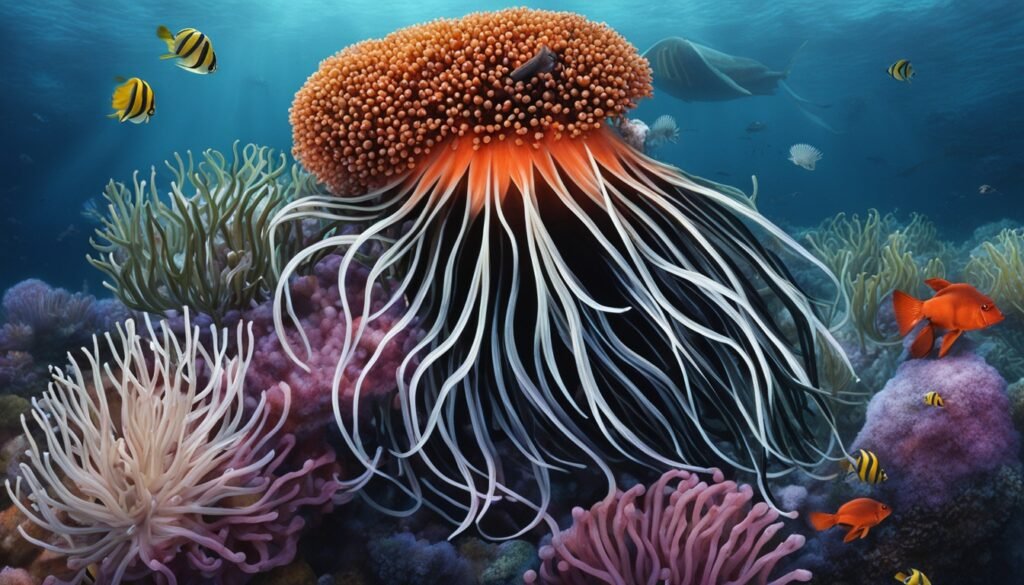
The black widow anemone faces unknown risks in the marine world. This captivating sea anemone species is at risk due to the aquarium trade. Being wild-caught, they are exposed to various dangers.
These anemones are loved in the aquarium industry, making their situation even more dangerous. Overharvesting them, along with habitat destruction and pollution, threatens their existence.
It’s key to know about the dangers these anemones face. This knowledge helps us protect them better. Saving this unique species means we must follow smart aquarium practices.
Recognizing and solving these issues can help keep these invertebrates safe. And that’s important for the future of our ocean floors.
Fascinating Facts about the Black Widow Anemone
The black widow anemone stands out among sea anemone species. It draws attention from both marine biologists and aquarium enthusiasts. This is due to its unique characteristics. Such marine invertebrates are truly unique under the sea.
One key fact is their ability to split and regrow. These cnidarians can make new individuals from fragmented parts. This is a great survival trick, letting them adapt to new environments easily.
The symbiotic relationship with clownfish is also fascinating. They work together in harmony. The anemone offers shelter, and the clownfish protect and feed it. It shows how complex and important marine relationships are.
Let’s not forget their dangerous side. Their venom is strong, used for hunting and self-defense. The tentacle sting is something to be cautious of. This makes them both interesting and challenging for saltwater aquarium pets enthusiasts.
The black widow anemone’s uniqueness continues to amaze. It’s a wonder of the ocean, teaching us about the world we live in. Their role in marine life is critical, showing the beauty and balance of marine ecosystems.
Conclusion
The Black Widow Anemone is a captivating sea creature. It shows us the beauty and wonder of the natural world. This marine invertebrate fascinates both marine biologists and aquarium enthusiasts.
By learning about its unique features and how to care for it, we ensure its future. We do this in our oceans and in our home aquariums.
The adventure of studying the Black Widow Anemone is full of surprises. It connects us to the amazing underwater ecosystems around the globe. As we explore, we protect and save these creatures. They make our tropical reef areas so special.
By being curious and respectful, we learn more. We learn about the ocean floor dwellers that are part of the reef residents. Our understanding grows. And we come to love the Black Widow Anemone even more.
FAQ
What is the Black Widow Anemone?
Where are Black Widow Anemones found?
Are Black Widow Anemones dangerous?
How big can Black Widow Anemones grow?
What are the feeding habits of Black Widow Anemones?
How do Black Widow Anemones reproduce?
What are the tank requirements for keeping a Black Widow Anemone?
Can Black Widow Anemones form symbiotic relationships with clownfish?
What is the conservation status of the Black Widow Anemone?
What are some fascinating facts about the Black Widow Anemone?
References
The European Marine Biology Research Station (EMBRS)
The Reef Gardeners Society (RGS)
Marine Aquarium Societies of North America (MASNA)
I am a passionate aquarist with over 30 years of hands-on experience in fishkeeping. My journey began at a young age, collecting fish from the wild and learning through experimentation. Specializing in tropical fish, I bring a deep understanding of the hobby to FishKeepingMadeSimple. The site provides honest, detailed reviews of essential products and accessories to help fellow enthusiasts create the best environments for their fish.

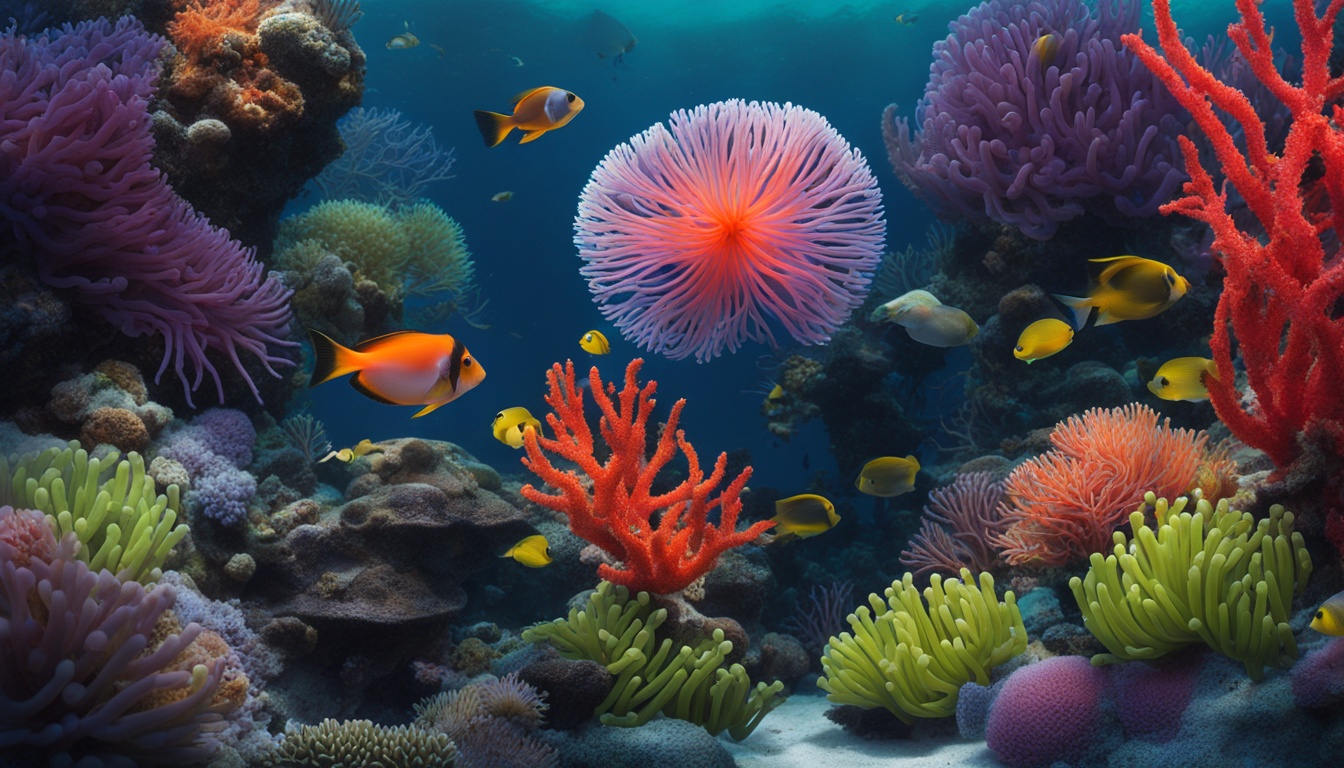
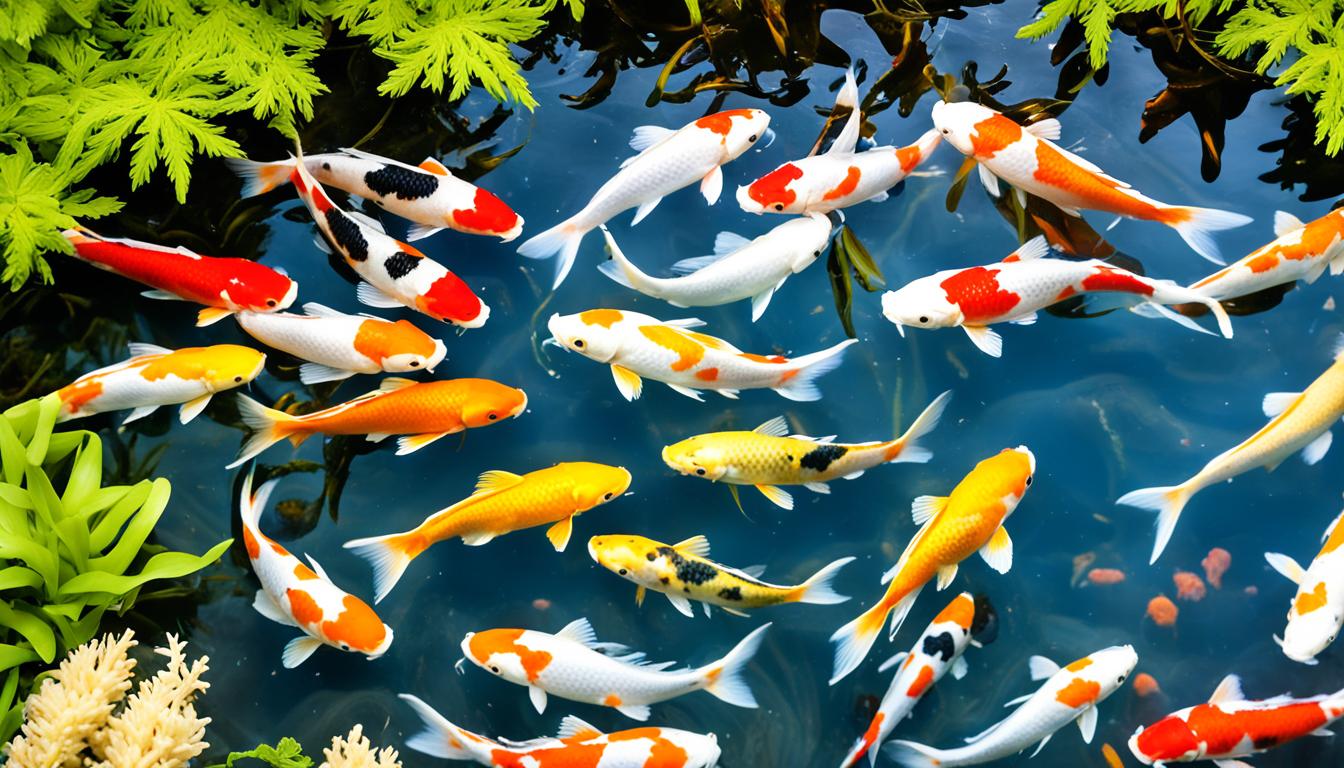
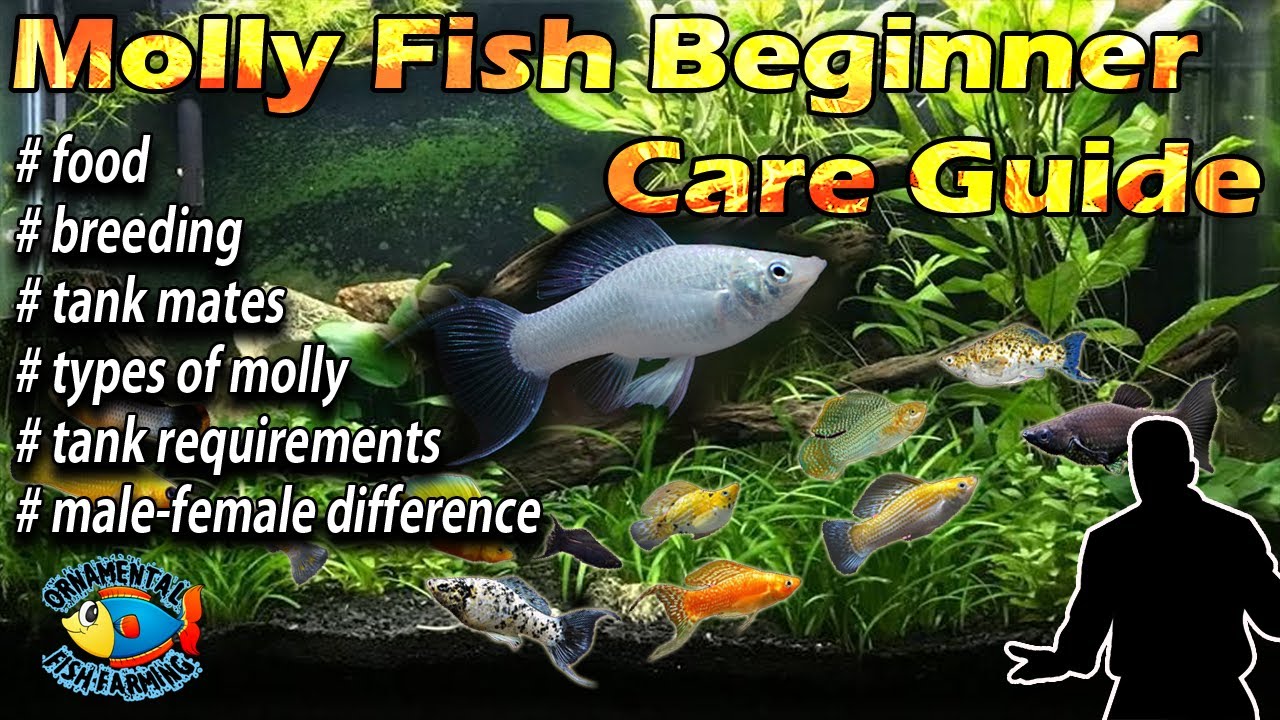
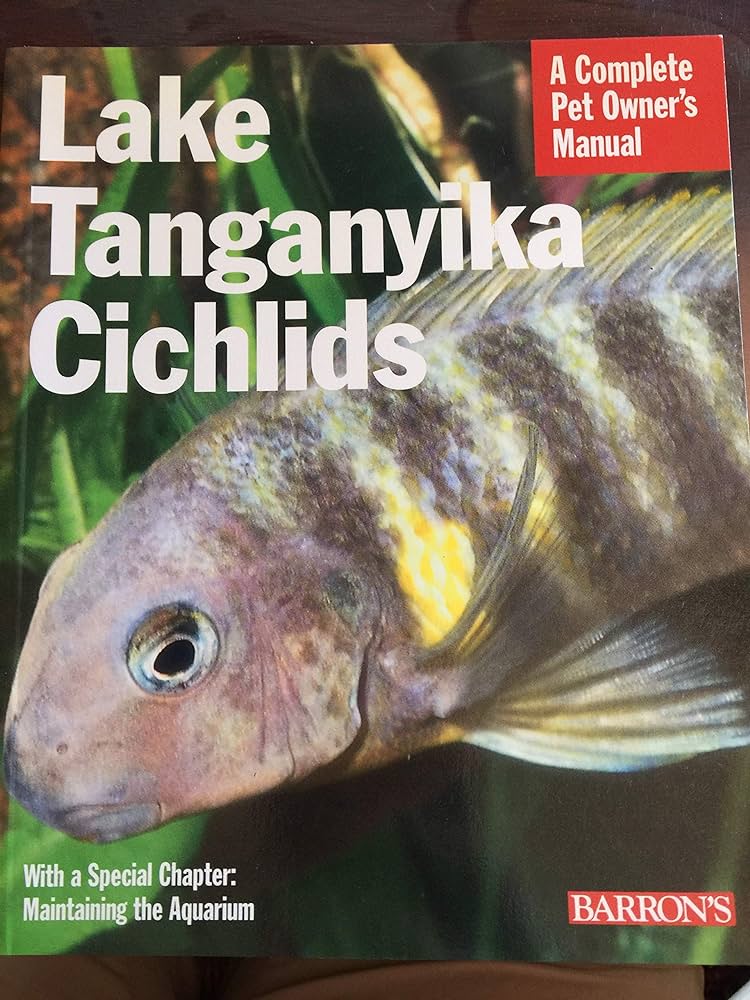
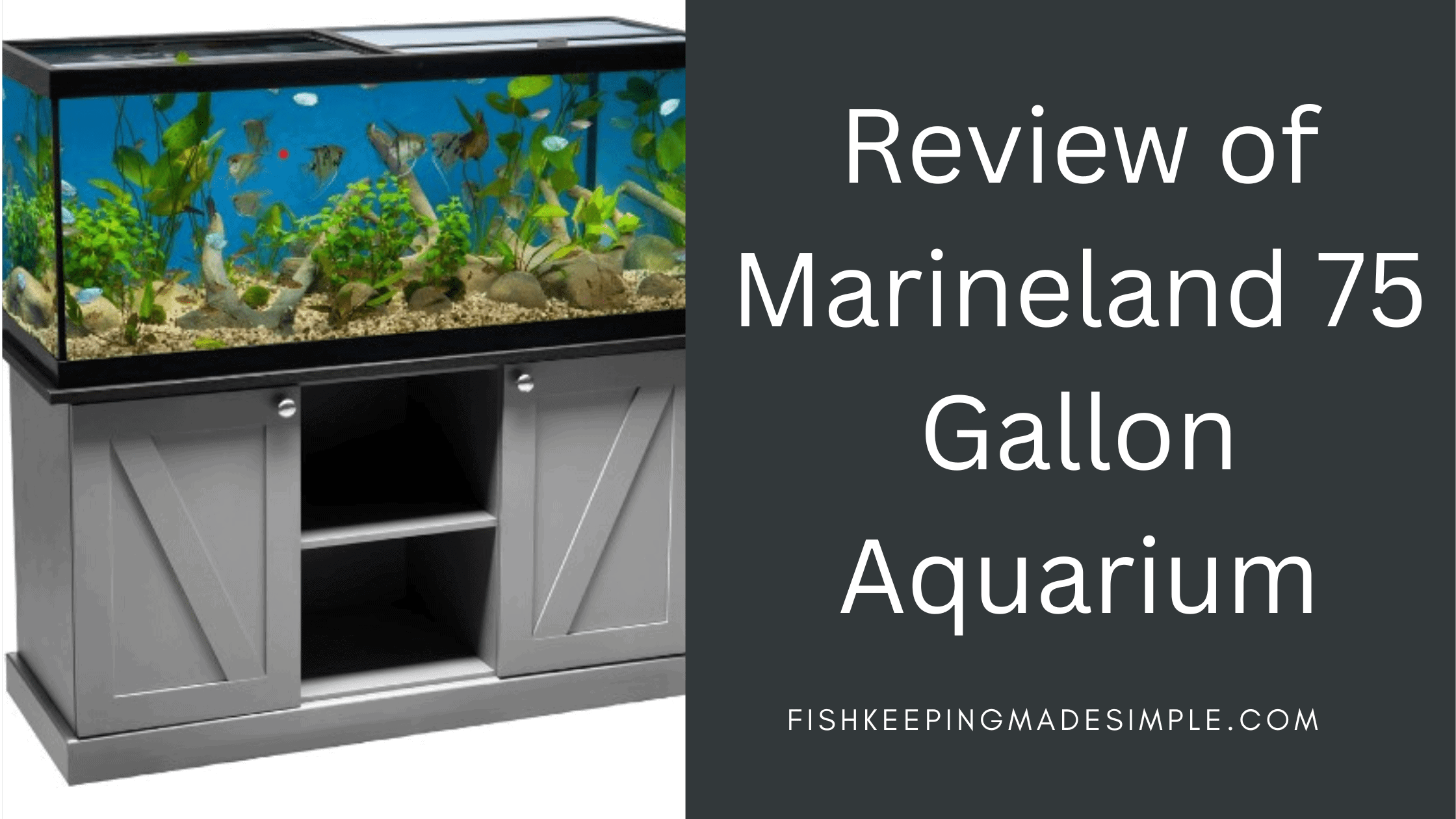
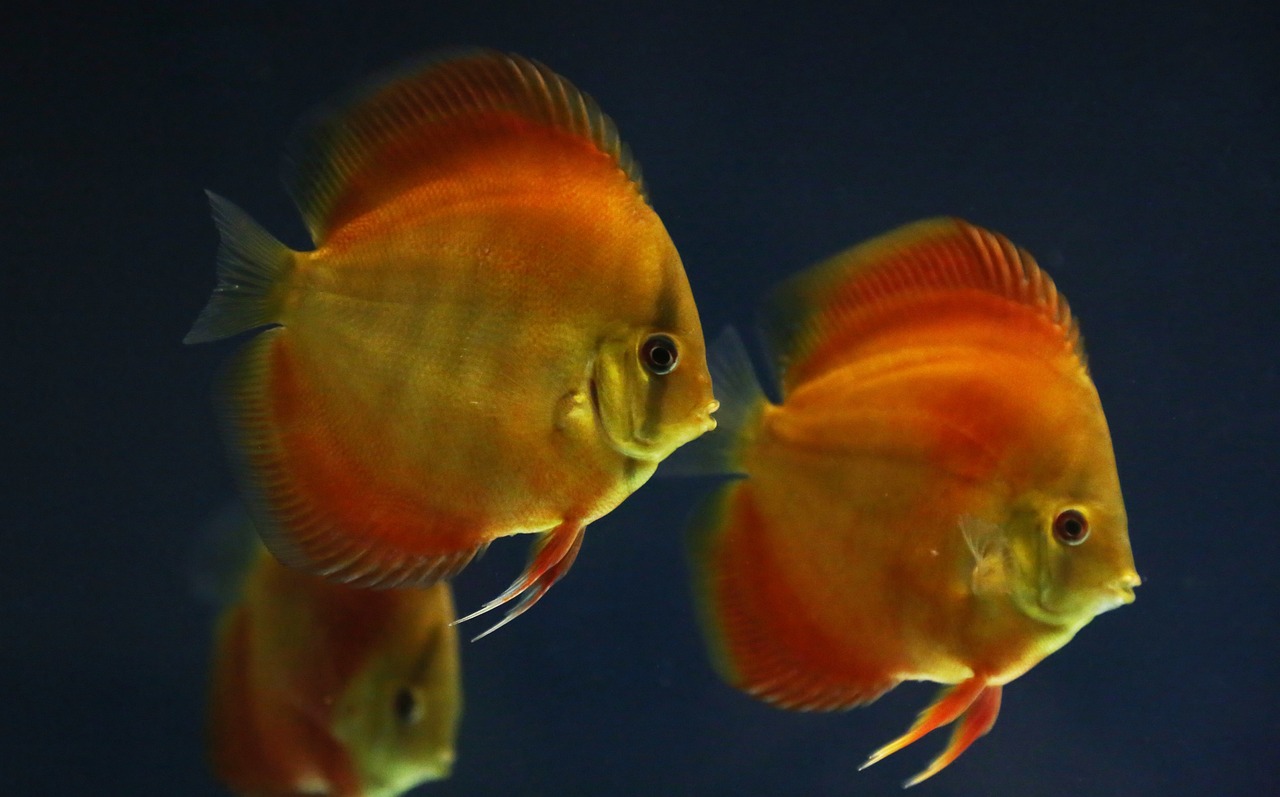
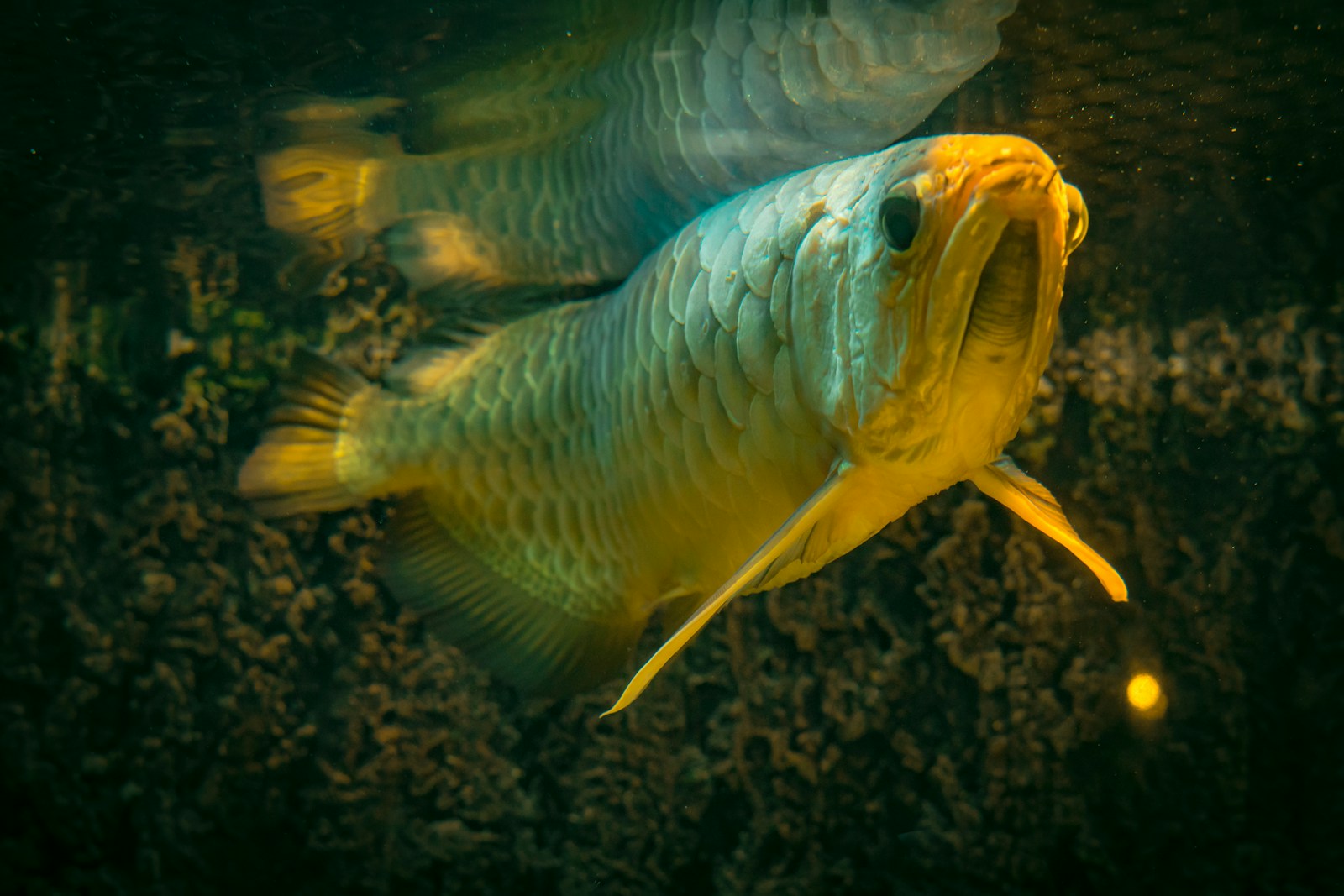
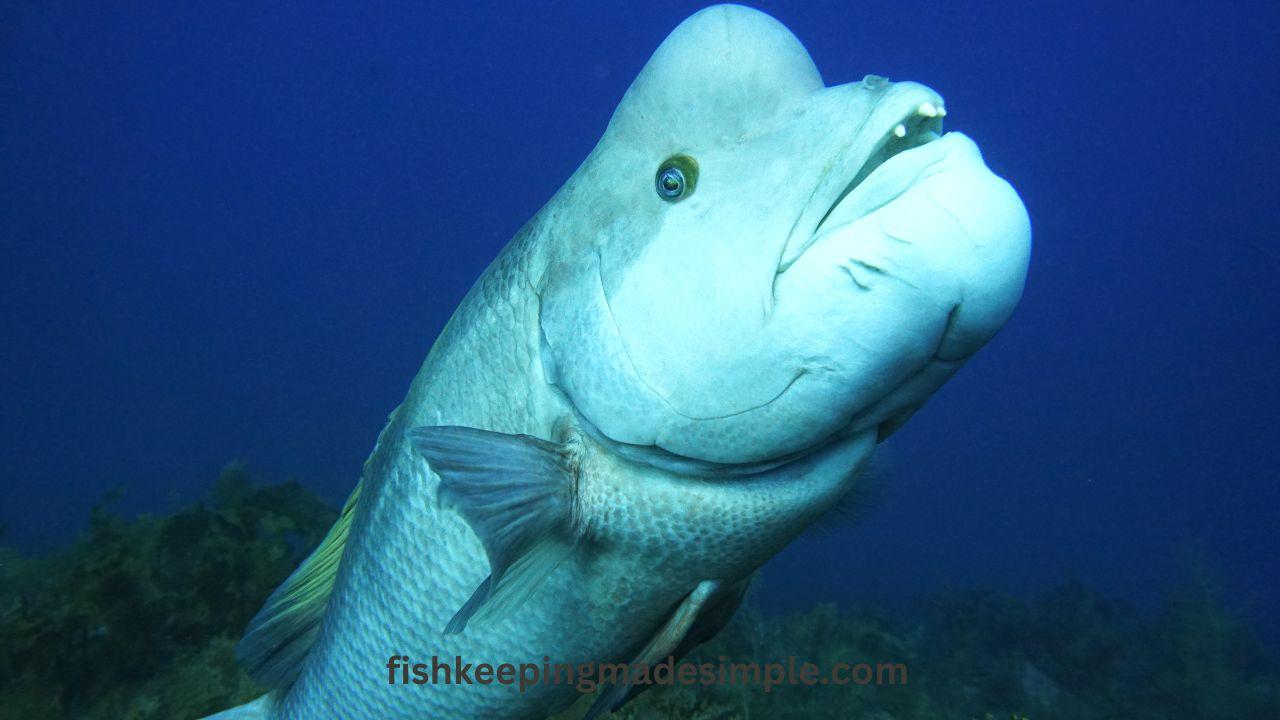
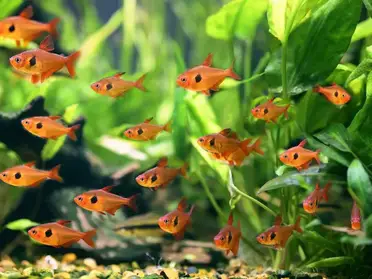
[…] their incredible range of physical and temperamental traits, cichlids are truly fascinating creatures. In this complete guide to cichlids, we have explored the different types of cichlids and their […]
[…] essential to provide proper care for these fascinating creatures to ensure their well-being. In the next section, we’ll delve into the various types of […]